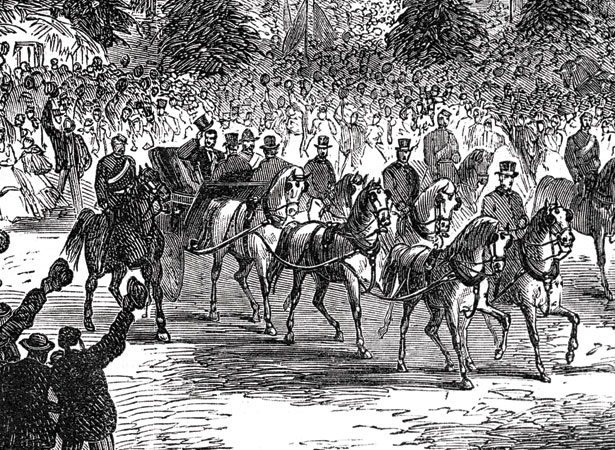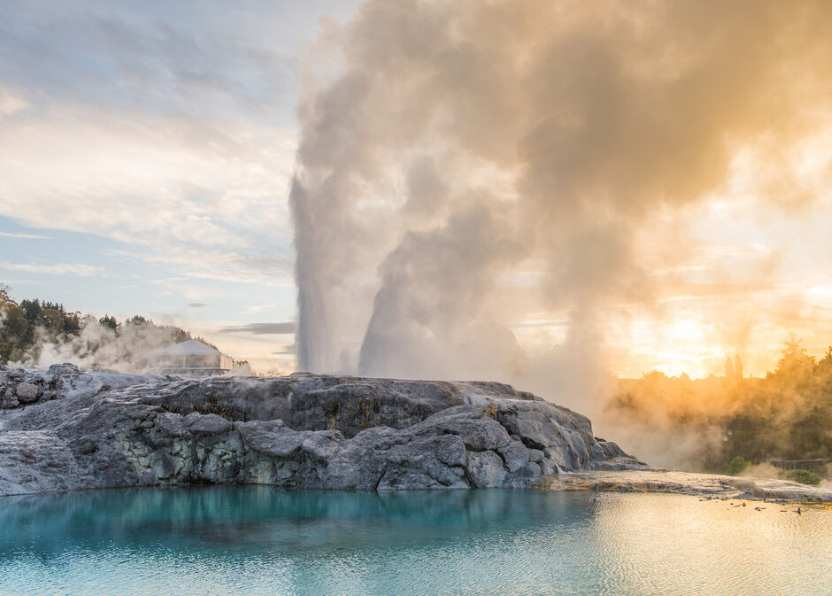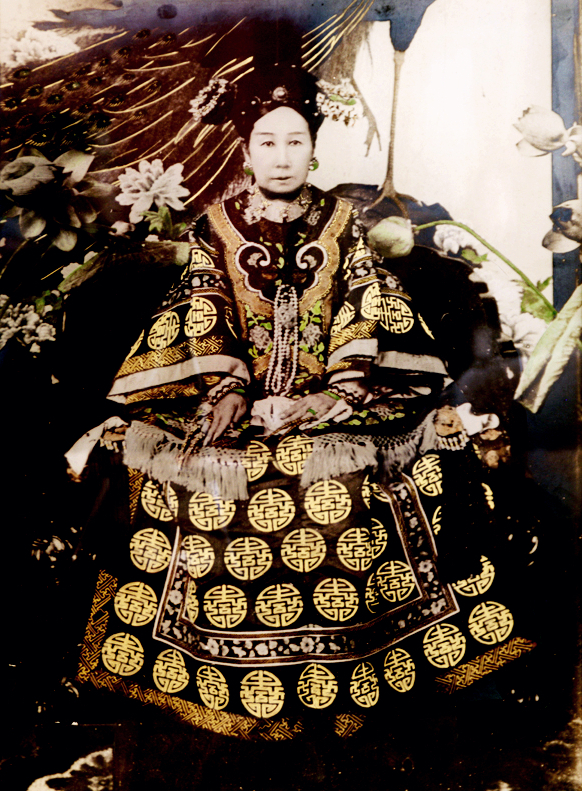The book starts in August 1880. Linda and Franz live in Okati where they have their school. Ōtaki is a town inthe North Island of New Zealand.
Matiu, one of the students and the young man Aroha loves, goes to visit his birth family in Wairarapa. Wairarapa is a rural region located in the south-eastern corner of New Zealand's North Island. It's known for its beautiful scenery, charming towns, and relaxed atmosphere.
On their way back the train they are travelling has an accident in the Siberia tunnel. The 1880 Siberia Tunnel accident on the Rimutaka Incline railway in New Zealand involved a train being blown off the tracks by strong winds near the Siberia curve. This caused three children to be killed instantly, with a fourth dying later from injuries.
Dunedin is where Robin, Peta, ARoha and March go and see a play. Dunedin is a city in New Zealand, at the head of Otago Harbour on the South Island’s southeast coast.
The actors that run the theatre company are Daniel C. Bandman and Louise Beaudet.
Daniel Edward Bandmann (November 1, 1837 – November 23, 1905) was an internationally known German-born American Shakespearean actor who after retiring from the stage became a noted Montana rancher and pomologist.
Marie Louise Anna Beaudet (December 5, 1859 – December 31, 1947) was a Canadian actress, singer and dancer for more than 50 years, starred in stage productions ranging from comic opera to Shakespeare, as well as music-hall and vaudeville, and appeared in 66 silent films.
When Robin talks to the actors about his ambitions, he is told that he should go to the Guildhall School of Music and Drama in London. The problem is that Robin can't sing, and his parents think he is not mature enough to face life on his own abroad. The Guildhall School of Music and Drama is a music and drama school located in the City of London. The Guildhall School of Music first opened its doors on 27 September 1880, housed in a disused warehouse in the City of London.
Thanks to his parents' influence in Christchurch, Robin gets an interview with two actors, Louise Pomeroy and Arthur Elliot, and the latter accepts to give Robin some classes.
Louise M. Pomeroy (c. 1853 – 7 January 1893) was an American actress and writer who was popular in Shakespearean roles in Australia. Louise and Arthur Elliott were married.
Aroha finds a job on the North Island, thanks to her knowledge of languages. Many tourists are coming to England to visit the Pink and White Terraces. The Pink and White Terraces were natural wonders of New Zealand. They were reportedly the largest silica sinter deposits on Earth. They disappeared in the 1886 eruption of Mount Tarawera and were generally thought to have been destroyed, until evidence emerged in the early twenty-first century of their survival.
The tourists coming to New Zealand were encouraged to travel to the country after Prince Albert visited and was enthusiastic about the places he saw. The Duke of Edinburgh, Prince Alfred Ernest Albert, arrived in Wellington as captain of the frigate HMS Galatea. The first member of the British royal family to visit New Zealand. During his 1869 visit, the prince spent nearly a week in the capital, attending official functions and enjoying a pig hunt before sailing to Nelson. He subsequently visited Christchurch, Dunedin and Auckland.
Ohinemutu is a suburb in Rotorua. It includes a living Māori village and the original settlement of Rotorua.
Te Wairoa was a village close to the shore of Lake Tarawera near Rotorua. The village was buried by volcanic ash in the 1886 eruption of Mount Tarawera. It was later excavated and is now open as a tourist destination, the Buried Village.
The eruption of Mount Tarawera was a turning point in the novel. The 1886 eruption of Mount Tarawera was a violent volcanic eruption that occurred in the early hours of 10 June 1886 at Mount Tarawera, near Rotorua. Damage in the local area was extensive, with ashfall blanketing nearby villages, including Te Wairoa. The eruption is responsible for the presumed destruction of the famed Pink and White Terraces, which prior to the eruption were New Zealand's most famous tourist attraction and brought visitors from across the British Empire.
Sophia Hinerangi, Koro's mother, who is a guide in the area, was a real person.Sophia Hinerangi (c. 1834–4 December 1911) was a New Zealand tourist guide and temperance leader. Hinerangi bemae one of the most prominent guides of the Pink and White Terraces near Te Wairoa. She and another bilingual guide, Kate Middlemass, had been selected by the local hapū, the Tūhourangi, to handle the tours there. These most popular guides, traditionally women with much knowledge of local culture and geography, could receive 15 shillings from each tour party. Hinerangi organized the tours and settled accounts.
Jane and March are followers of the economic theories of Adam Smith. Adam Smith (1723 – 17 July 1790) was a Scottish economist and philosopher who was a pioneer in the thinking of political economy and key figure during the Scottish Enlightenment.
March goes to live with her teacher, Porter, when he moves to Kaiapoi to run a factory. Kaiapoi is a town in the Waimakariri District of the Canterbury region. The Kaiapoi Woollen Milling Company was established in the late 1870s. This business produced high-quality woollen blankets and clothing, and was successful during the 1880s in spite of the wider economic recession.
Empress Dowager Cixi (9 November 1835 – 15 November 1908) was a Manchu noblewoman who effectively but periodically controlled the Chinese government in the late Qing dynasty as empress dowager and regent for almost 50 years, from 1861 until her death in 1908.
Bao mentions the Taiping uprisings lead by Hon Xiuquan. The Taiping Rebellion was a major 19th-century civil war in China, lasting from 1850 to 1864, that resulted in an estimated 20-30 million deaths. It was a revolt against the Qing Dynasty led by Hong Xiuquan, who proclaimed himself the younger brother of Jesus Christ and aimed to establish a Christian-inspired theocratic state called the Taiping Heavenly Kingdom. The Taipings, despite seizing control of major cities like Nanjing, were ultimately defeated due to internal strife and the Qing dynasty's military might.
March goes to live with her teacher, Porter, when he moves to Kaiapoi to run a factory. Kaiapoi is a town in the Waimakariri District of the Canterbury region. The Kaiapoi Woollen Milling Company was established in the late 1870s. This business produced high-quality woollen blankets and clothing, and was successful during the 1880s in spite of the wider economic recession.
The Guangxu Emperor (14 August 1871 – 14 November 1908) was the tenth emperor of the Qing dynasty, and the ninth Qing emperor to rule over China proper, from 1875 to 1908.
Empress Dowager Cixi (9 November 1835 – 15 November 1908) was a Manchu noblewoman who effectively but periodically controlled the Chinese government in the late Qing dynasty as empress dowager and regent for almost 50 years, from 1861 until her death in 1908.
Bao mentions the Taiping uprisings lead by Hon Xiuquan. The Taiping Rebellion was a major 19th-century civil war in China, lasting from 1850 to 1864, that resulted in an estimated 20-30 million deaths. It was a revolt against the Qing Dynasty led by Hong Xiuquan, who proclaimed himself the younger brother of Jesus Christ and aimed to establish a Christian-inspired theocratic state called the Taiping Heavenly Kingdom. The Taipings, despite seizing control of major cities like Nanjing, were ultimately defeated due to internal strife and the Qing dynasty's military might.
In Dunedin where Robin inherits his woollen mill, one of the people fighting for the rights of workers was Reverend Waddell. Rutherford Waddell (1850–1932) was a notable New Zealand Presbyterian minister, social reformer and writer. He was born in Ireland and after failing to finding a position as a missionary or a minister Waddell and his wife migrated to New Zealand in 1877. Settling in Dunedin he led St Andrew's Presbyterian Church for forty years from 1879 to 1919. An important liberalizing influence in the Presbyterian church in New Zealand he was an active believer in the value of the ministry to promote social justice. This led him to oversee the setting up a mission hall, savings bank, free library and free kindergarten within his parish, as well as promoting the founding of a variety of cultural and sporting groups.





















No comments:
Post a Comment